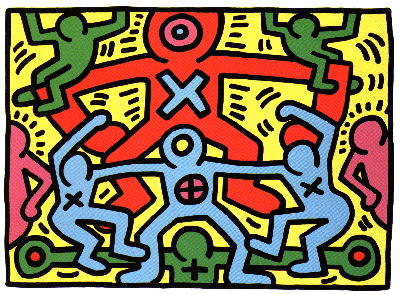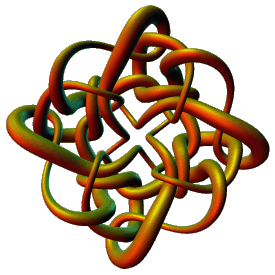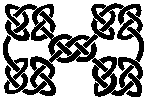

"The
mission of the social work profession
is rooted in a set of core values."

This page is an introduction for Social Workers to the challenge of understanding and coping with the Human Immuno-Virus and the associated Acquired Immuno-Deficiency Syndrome. Even though this is a web-page, which in principle can be expanded and updated endlessly, the material on this particular site must be seen as provisional and incomplete. We hope that beginning workers will use the information as a base of knowledge to build on.

As one would expect, because HIV/AIDS is a biological phenomenon, within the following you will find explanations and links for further explanation on the biology of the disease. However, since the days of Hull House, social workers have been asked to keep multiple their levels of engagement. In keeping with a model that embeds the psychological in the social, the rest of this site links biological explanations with psychological and social discussions.
 To
put it simply, the premise of the site is that both the profession
and the disease share an underlying structure. This
web page is designed as a biopsychosocial answer to a biopsychosocial
question. In the following, the reader is always asked to keep open all
three levels of engagement, and to keep in mind the importance of each
in relation to the other.
To
put it simply, the premise of the site is that both the profession
and the disease share an underlying structure. This
web page is designed as a biopsychosocial answer to a biopsychosocial
question. In the following, the reader is always asked to keep open all
three levels of engagement, and to keep in mind the importance of each
in relation to the other.
Ah yes, "in relation to each other", that suggests another reminder. The pandemic we face may feel overwhelming. Indeed, none of us alone is likely to have much influence on its course. And the information to be learned is admittedly complex. But where people work together they create something that is more than the simple sum of their individual efforts. The Borromean knot also represents this facet of collaborative work; over and above the links of the knot, one can draw strength from their cooperation.
 There is nothing
original about this web page except its organization. I am a student of
social work. I am neither a biologist nor a graphic artist nor a full-time
HIV activist. The reader will therefor please note (and forgive) that almost
every word and image on this web-page has been borrowed or culled from
other people's work. Most of the materials are taken from sources that
are mostly interested in having the information get around. However, if
anyone has copyright issues with any of the materials used, please feel
free to contact me.
There is nothing
original about this web page except its organization. I am a student of
social work. I am neither a biologist nor a graphic artist nor a full-time
HIV activist. The reader will therefor please note (and forgive) that almost
every word and image on this web-page has been borrowed or culled from
other people's work. Most of the materials are taken from sources that
are mostly interested in having the information get around. However, if
anyone has copyright issues with any of the materials used, please feel
free to contact me. "Understanding"
HIV is a very relative term. Most importantly relative to when it was acquired.
It is the first days of spring, in 1998, that I am writing these words.
I hope that the "factual" information presented will be soon superseded
by better knowledge. Take this material as a snapshot of the moment, much
in need of fleshing out. Take it as a starting point on your road
to facing the challenge of HIV.
"Understanding"
HIV is a very relative term. Most importantly relative to when it was acquired.
It is the first days of spring, in 1998, that I am writing these words.
I hope that the "factual" information presented will be soon superseded
by better knowledge. Take this material as a snapshot of the moment, much
in need of fleshing out. Take it as a starting point on your road
to facing the challenge of HIV.